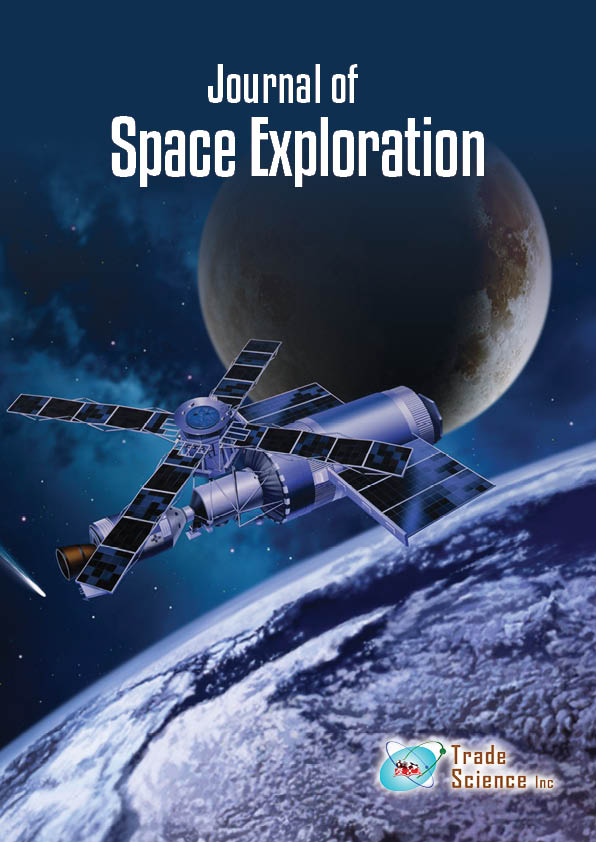抽象的な
Planck's Hubble constant and 120 Supernovae Type Ia show that the expansion of our local Universe is decelerating
Göran Henriksson
The Bayesian regression curve for 120 Supernovae Type Ia, Khetan et al., 2021, corresponds within the margin of errors to the Hubble constant H0=67.4 kms-1 Mpc-1 determined by the Planck Collaboration in 2020. If we from this curve read which distance modulus μ that corresponds to the redshift z=0.08 we get μ=37.76. From an equation by Stephen Weinberg, published in 1972, we can now calculate the cosmic deceleration q0=+1.060 ± 0.039. This possibility was found during a successful test of the Hubble constant H0=67.3 kms-1 Mpc-1, determined from the BL Lac object AP Lib, against the calibration by Khetan et al. This means that H0, determined by the Planck Collaboration in 2020, and the well-calibrated sample of Supernovae Type Ia, by Khetan et al., proves that the expansion of our local Universe is decelerating at least within the nearest 1 billion light years. The q0=+1.075 value, from AP Lib, gives an independent support to this result because it falls within the limits of error q0=+1.060 ± 0.039 of Planck's final result.
